Blackrock, Cork, Ireland.
This eBook is copyright material and must not be copied, reproduced, transferred, distributed, leased, licensed or publicly performed or used in any way except as specifically permitted in writing by the publishers, as allowed under the terms and conditions under which it was purchased or as strictly permitted by applicable copyright law. Any unauthorised distribution or use of this text may be a direct infringement of the authors and publishers rights and those responsible may be liable in law accordingly.
For Louise and Ella
Contents

The geography of West Cork Barry Keane
No book is ever written by one person and this book is no different. I first was encouraged to pursue this subject while a postgraduate in the Geography Department of University College Cork and, even though it took a little longer than planned, I owe a deep debt of gratitude to Emeritus Professor W. J. Smyth, Professor R. J. N. Devoy and Dr K. Hourihan for their help at that time. More recently Dr Andy Bielenberg, Dr John Borgonovo, Dr John Regan, Pdraig g Ruairc, Dr Gerard Murphy and Niall Meehan have all been generous in sharing their research with me. Many of the more knotty problems have been resolved by their input.
The staffs of the Cork City Library, Cork County Library, Cork City and County Archives, UCC, National Library of Ireland, National Archives of Ireland, National Archives UK and the Military Archives of Ireland are often not acknowledged, but in this story it was their encouragement, courtesy and unfailing kindness which made many of the linkages possible. Their knowledge of what they had in their boxes of dusty documents, and their willingness to make them available, made the hard slog of raw research much easier than it might otherwise have been. My colleagues and friends in Coliste an Spioraid Naoimh also deserve praise for listening and contributing to the story as it developed. To each and every one I am deeply grateful.
Other people deserve special mention. Thomas Hornibrooks great-grandson, Martin Midgley Reeve, provided a wealth of new information which forms the core of this book and was willing to engage with a story which could only have been painful for him to revisit. My great friend Henry OKeeffe both listened to the story as it developed and critically read the documents along with me as they were found. Sen Crowley, Dr Martin Healy, Donal OFlynn and Nora Lynch all took time and energy to tell their version of the story on more than one occasion when they had better things to do; they deserve special praise for their willingness to help. The photographs of Herbert Woods and Michael ONeill provided by Donal OFlynn are especially important as they rescue these men from being forgotten by time.
Mary Feehan and the staff of Mercier Press have proved to be exceptional publishers. Wendy Logue deserves special praise for her sterling editorial work and immense patience. Initially, this book was only 35,000 words long and it was a great risk for Mercier to take it on as a project. I am delighted that Mary had the vision to see behind the initial manuscript to what was hidden and was able to get me to tell the entire story.
Last, but not least, my family, Louise and Ella, have been fantastic supporters of this project. Research eats into all parts of family life and there has been more than one weekend wasted driving around the graveyards of West Cork looking for the right headstone. Ella has spent many happy afternoons in the County Library, with all the patience of a six-year-old, and without Louises help this book would never have got past the initial stages.
Permission for use of images was given by Dr Martin Midgley Reeve, Cork City Library, Irish Examiner Publications, the Military Archives of Ireland and Donal OFlynn.
M ARTIN M IDGLEY R EEVE (GRANDSON OF M ATILDA W OODS, GREAT-GRANDSON OF T HOMAS H ORNIBROOK)
As you may know much better than I do, trying to research Irish history is not easy, especially when you dont live in Ireland. My mother died on 12 June 2004, shortly before her eighty-fourth birthday. Amongst her papers I found a number of menu cards that had been on the tables of her wedding breakfast in 1939. The backs of these cards contained the signatures of all, or I assume most, of her guests. Some of the names were very familiar to me and others brought back vague memories of people I had met many years before. I set about trying to discover who the people were and if any were relations of mine. I contacted distant cousins of my father and some of my mothers relations, and slowly I started to build family trees. Finding my English relations was relatively easy, but my Irish relations have been much more difficult.
On 6 May 1928 my English grandfather, Dr H. Midgley Reeve, died of a heart attack, and in the following months his large house was put on the market. It was bought by Edward Woods, who had been born in Bandon, County Cork, and his family. The Reeve family then moved to a smaller house nearby and a friendship arose between the two families. In 1939 Beryl Woods, the third daughter of the late Edward and Matilda Woods (daughter of Thomas Hornibrook), married Bernard, the second son of Dr H. Midgley Reeve and his wife, Mabel.
I am one of the five grandchildren who are descendants of the four daughters of Edward and Matilda Woods. Sadly only four of us are still alive and none of us ever knew our Irish grandparents. My Irish grandfather died in 1933 and my grandmother died just over a year later, in 1934. She was aged forty-eight, and it was said that she gave up living after her husbands death. My mother was daughter number three. She was born in Cork city in August 1920, some four months before my Irish grandfathers shop was burned to the ground during what is known as The Burning of Cork. My Aunt Doreen was the youngest daughter and she was born in Essex, where the family first moved when they had to leave Ireland; she was the last of the four daughters to survive and she died in January 2012.
Apart from my mother and her sisters, the only other Irish relation that I have met and been able to talk to about family history was one of the sons of Fred Nicholson, a cousin of Matilda Woods. His sons knowledge about my family history was very limited. In more recent times I have met other relations on the Internet and they have helped to fill in many of the gaps in my knowledge.
It has been a difficult journey for me to find out about my Irish heritage, but visits to Ireland and reading have helped to fill in a few small pieces of a very large jigsaw. This new book by Barry Keane has greatly added to my knowledge of these events and the jigsaw puzzle is starting to take shape!
On 26 April 1922, at 2.30 a.m., Captain Herbert Woods fired a single shot from his Bulldog 45 revolver at Irish Republican Army (IRA) Commandant Michael ONeill on the stairs of Ballygroman House, Ovens, County Cork, during the Truce period following the cessation of the Irish War of Independence, and killed him. Later that morning Thomas and Samuel Hornibrook, along with Captain Woods, were taken from Ballygroman and almost certainly killed by the anti-Treaty IRA. Over four nights, from 26 April to 29 April, ten local Protestants were shot in their homes by unknown men and four British soldiers were shot in Macroom. These killings have been cited by some modern commentators as a sign of sectarian ethnic cleansing by the IRA in Cork, yet many of the details surrounding the deaths remain shrouded in mystery and numerous questions remain unanswered.

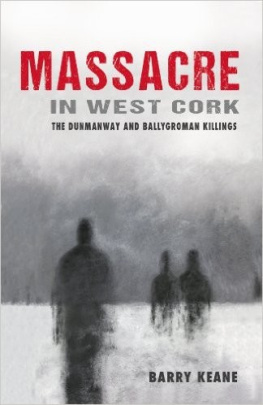
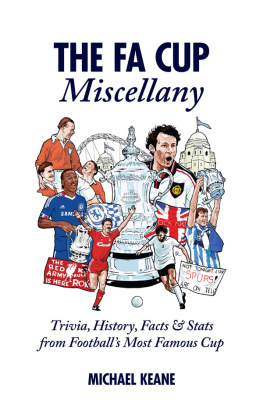

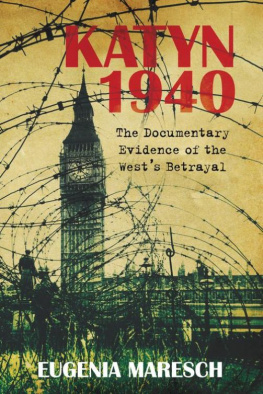
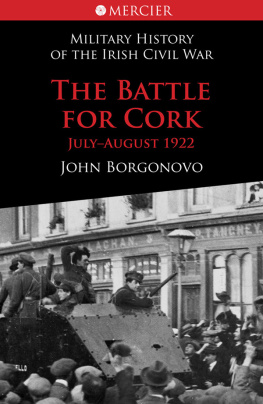
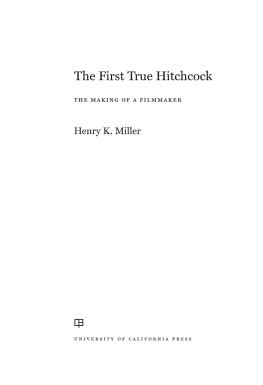
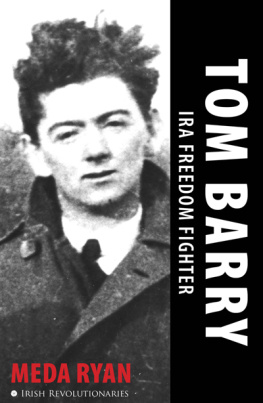
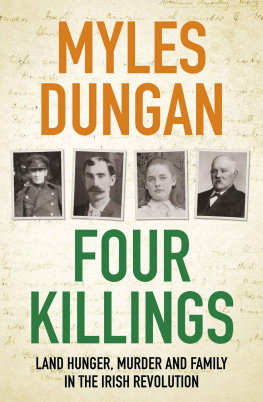
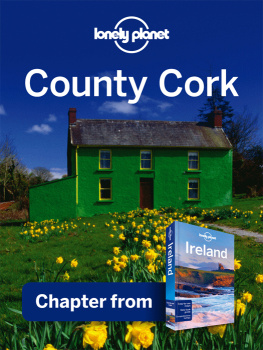
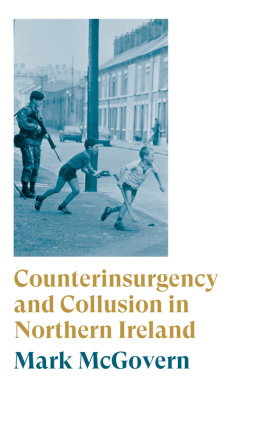
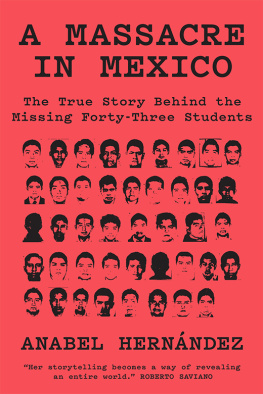
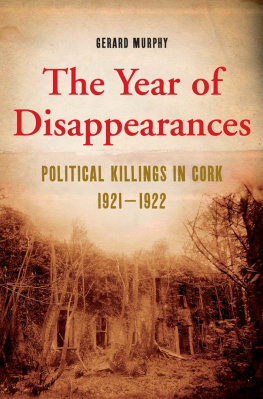
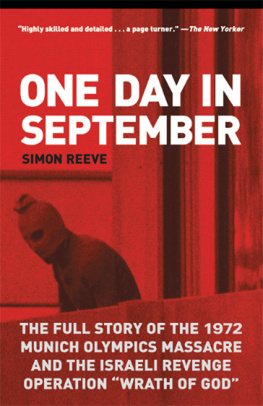
 www.mercierpress.ie
www.mercierpress.ie http://twitter.com/IrishPublisher
http://twitter.com/IrishPublisher http://www.facebook.com/mercier.press
http://www.facebook.com/mercier.press